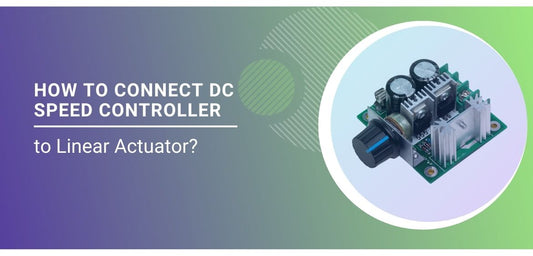How To Category - Progressive Automations Blog
Featured
How To Make an Automatic Chicken Coop Door Opener
Raising chickens at home is becoming more common and accepted for producing local fresh food. Wit...
Controlling the Speed of Linear Actuator
A speed controller is a circuit that is created to vary the speed of an electronic motor or to st...
Guide to Power Supplies and Control Boxes
Choosing a suitable power supply and control box for linear actuators is crucial to ensure a long...
Tips To Extend Your Linear Actuators Lifespan
At Progressive Automations, we design and manufacture all of our linear actuators with the highes...











